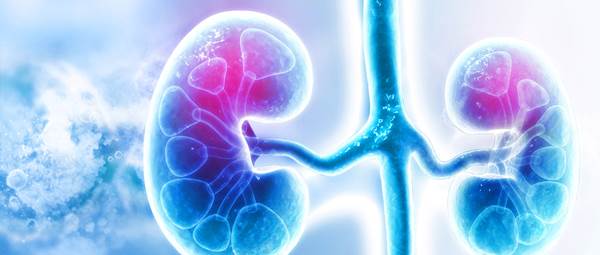Kidney Regeneration, Alternative without Dialysis or Transplants:

Stem cells* are the human bodies repair mechanism. Stem cells can differentiate into any functional tissue cells. Kidney cells necrosis and/or decreased kidney functions can be seen in abnormal creatinine levels. Stem cell therapy for Renal Failure helps to replenish the required kidney cells and thus promote a more normal healthy kidney function. There are two types of stem cells treatments that may be utilized in our Regenerative protocols for renal failure using stem cells. One part of treatment is focused on promoting proper kidney function and the other would be to replenish the level of red blood cells, to help reverse the decline in HGB level. This is achieved by the administration of Faforon stem cell The Stem cells are transfused into your body through a simple way called " sublingual " where the stem cells are absorbed direct into the blood stream through a sublingual gland or artery situated under the tongue,then it permeates directly into the brain (cells) And stimulate the Brian to activate and regenerate stemcells needed to repair all the damages/abnormalities in the kidneys.
Stem cell therapy for kidney regeneration is a promising area of research, but it’s important to approach it with caution. Let’s break it down:
1. Understanding Kidney Regeneration:
- The kidneys have limited ability to repair themselves after damage. When kidney cells die (necrosis) or function declines, the body struggles to regenerate them naturally.
- Stem cells, however, have the potential to differentiate into specialized kidney cells, offering hope for repairing damaged tissue and improving kidney function.
2. Types of Stem Cells for Renal Repair:
- Mesenchymal Stem Cells (MSCs): These are commonly used because they have anti-inflammatory properties and can promote tissue repair.
- Hematopoietic Stem Cells (HSCs): These help replenish red blood cells, potentially addressing anemia, which is common in kidney failure.
3. The Proposed Sublingual Approach:
- Sublingual delivery (placing the substance under the tongue) allows for absorption directly into the bloodstream, bypassing digestion.
- While sublingual delivery works for some medications, there’s limited scientific evidence that stem cells taken this way would reach the kidneys or stimulate regeneration effectively. Most stem cell treatments are administered intravenously or directly into the affected area.
4. Current Evidence:
- Research is still ongoing. Some clinical trials have shown that stem cell therapy may reduce inflammation and improve kidney function, but it isn’t yet a widely accepted alternative to dialysis or transplant.
- As of now, dialysis and transplant remain the only proven treatments for end-stage kidney failure. Stem cell therapy is experimental and should be approached carefully, ideally under the guidance of a qualified medical professional.




